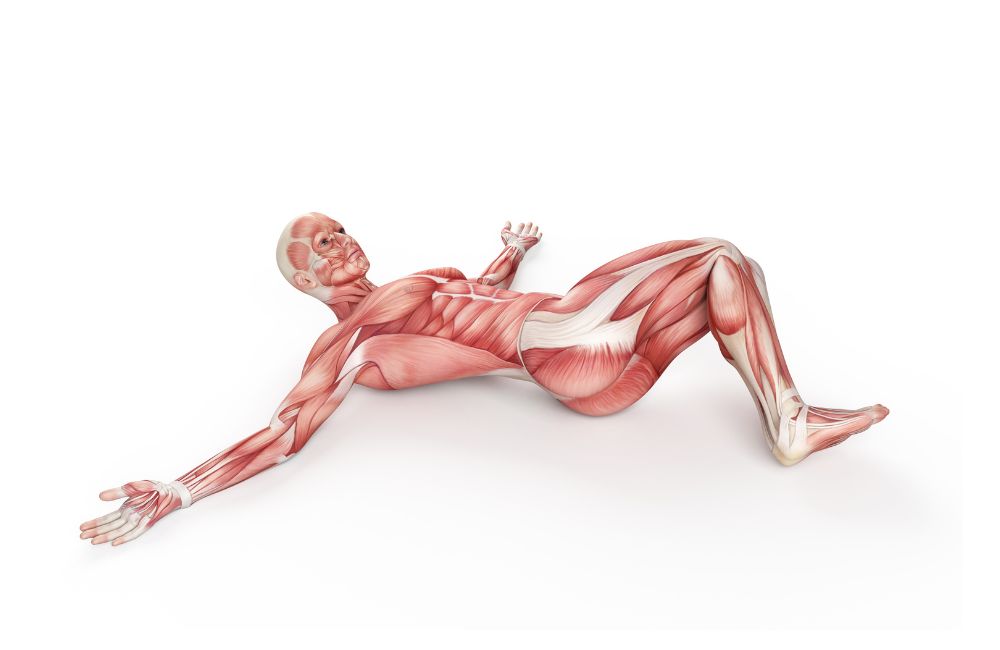
Exercises and stretches to do every day to get rid of lower back pain, says a PT.
Back pain is an epidemic in society today. If you’ve experienced back pain, you know just how debilitating this condition can be (1).
Fortunately, lumbago can be effectively managed with just a few simple daily stretches.
In this article, we’ll review a four-exercise morning routine that can help you combat low back pain and stiffness.
You’ll also:
3+ Exercises That’ll Stretch and Elongate Your Spine After Sitting All Day: No More Back Pain
The 4 Key Exercises for Preventing Low Back Pain
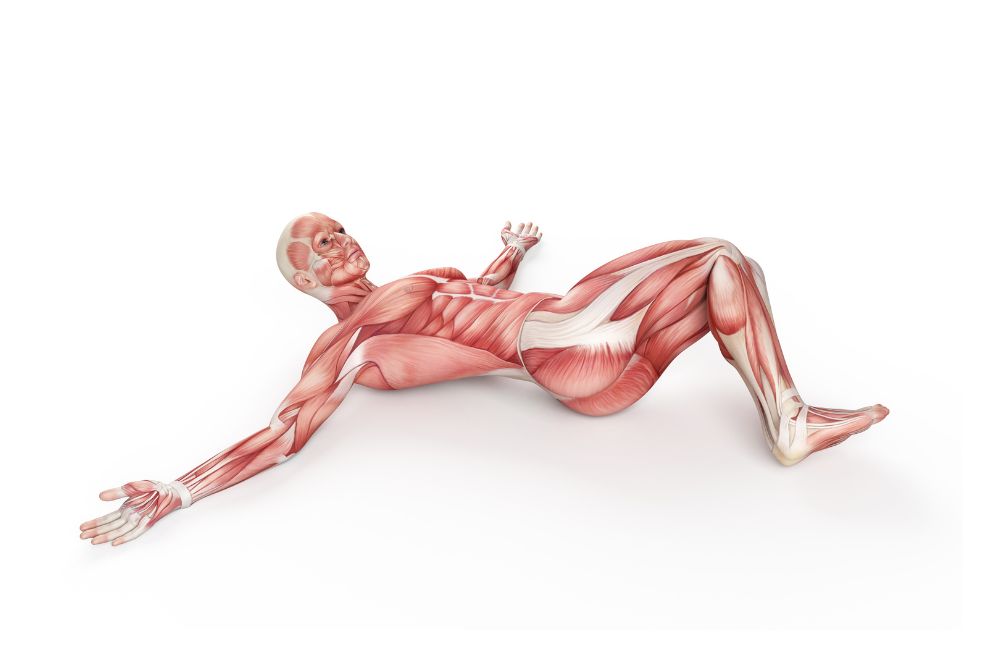
If you perform a quick internet search for low back stretches, you’ll find literally thousands of articles. Some of these routines may be perfect for you, while others may miss the mark.
The following 4 exercises will provide a general stretch for your low back (2). However, there is no guarantee that these movements will completely cure your pain.
If you continue to have back pain after trying these exercises, be sure to visit a qualified healthcare professional for evaluation.
1. Kneeling Lat Stretch
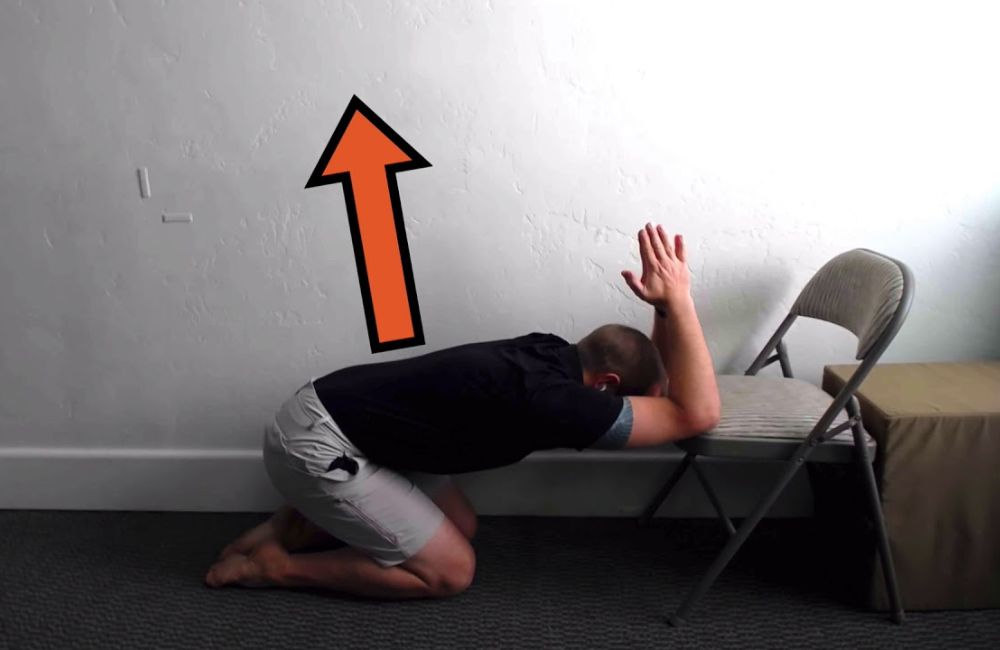
The lats are some of the biggest muscles in the body. They run down the back and allow us to perform strong, powerful lifting motions. However, these muscles can become very tight. When the lats are stiff, we can experience significant restriction throughout the spine.
How to Perform
- Kneeling beside a bed or chair, place both of your elbows on the surface in question.
- Slowly bend forward, bringing your head between your arms.
- You should feel a deep stretch throughout your lats, triceps, and many other muscles.
- Hold this stretch for 30 seconds and complete 4 reps per day.
2. Lower Trunk Rotations
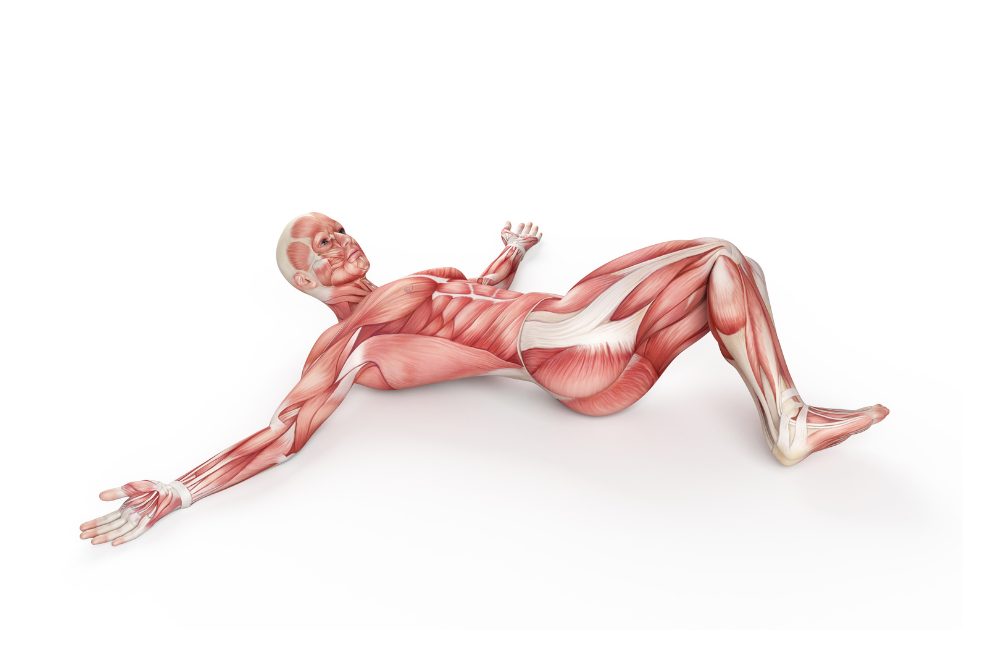
The spine can perform many different motions. Rotation is one motion that often becomes stiff due to our daily lives.
Lower trunk rotations (commonly referred to as simply LTR) help to improve motion in this plane. Best of all, you don’t even have to get out of bed to complete this stretch!
How to Perform
- Lie flat on your back, with your knees bent and your feet flat on the floor/bed.
- Keeping your shoulders in contact with the ground, rotate both knees toward the right until you feel a stretch.
- Once you’ve reached the point of stretch, hold for 30 seconds.
- Repeat this movement for 4 reps on each side, once per day.
3. Cat-Cow
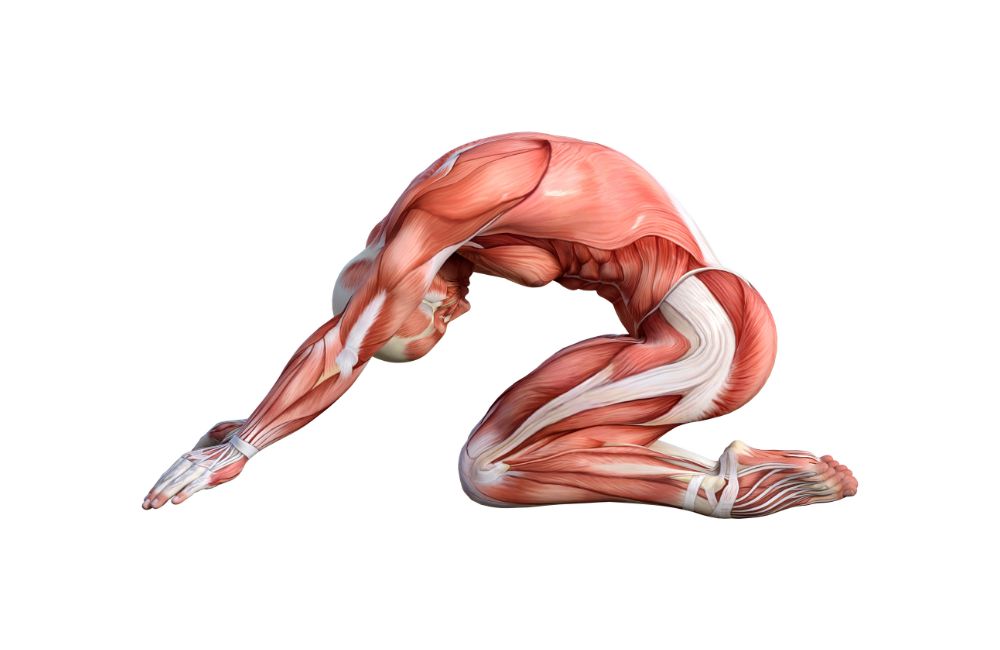
Yoga has become an extremely popular form of exercise over the past few decades. This is due to the fact that yoga emphasizes both mental and physical health. Many of the stretches used in a yoga session loosen up tight tissues while also encouraging deep concentration and breath control.
While there are many different yoga poses, spinal stretches are consistently seen in nearly all yoga classes. Cat-cow is one of the best stretches for the spine.
How to Perform
- Place both hands and both knees on the ground.
- Allow your low back to sag as you extend your head and neck upward.
- Hold this position for 30 seconds, then reverse the motion by arching your back and tucking your chin into your chest.
- Now, hold this position for 30 seconds.
- Repeat this pattern until you have completed 4 reps in each direction. Perform this series once per day.
4. Child’s Pose
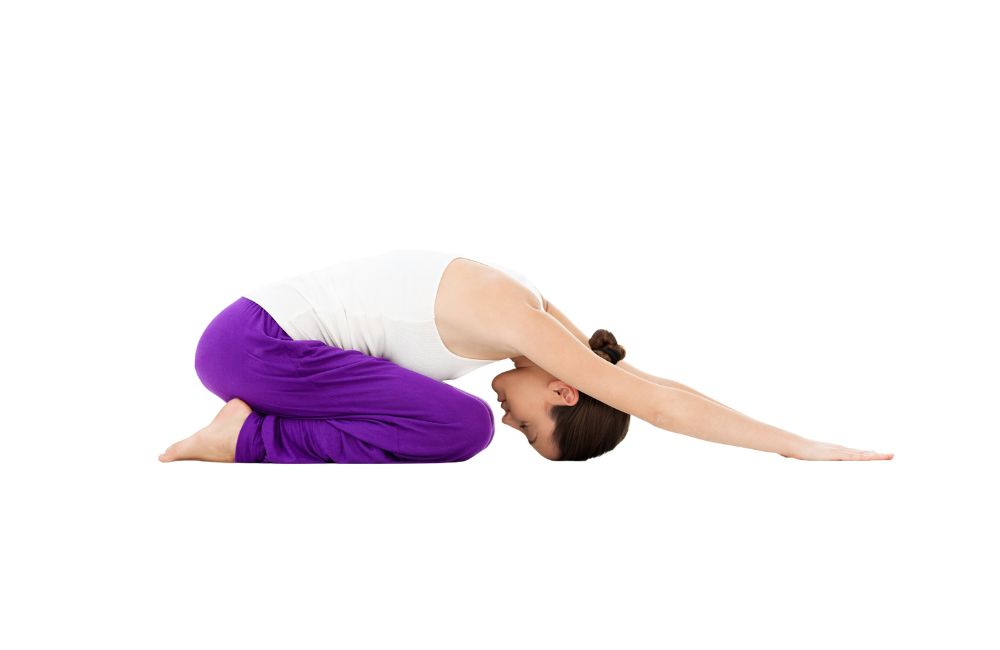
Much like cat-cow, a child’s pose is a cornerstone of most yoga classes.
This exercise stretches out the shoulders and back while also putting traction through the spine. Also, this motion is a great way to get in a good pose for meditation. As you can see, a child’s pose provides tons of benefits to exercisers!
How to Perform
- Start on your hands and knees.
- Slowly, sit backward, attempting to rest your buttocks on your ankles.
- At the same time, reach your hands forward.
- Hold this position for 30 seconds and repeat 4 times per session, once per day.
Conclusion
If you haven’t experienced back pain before, consider yourself lucky. Many people suffer from this dreadful condition at least once throughout their lives. Luckily, by following routines like the one outlined above, you can address most cases of back pain very easily.
Works Cited
- Allegri, M., Montella, S., Salici, F., Valente, A., Marchesini, M., Compagnone, C., Baciarello, M., Manferdini, M. E., & Fanelli, G. (2016). Mechanisms of low back pain: a guide for diagnosis and therapy. F1000Research, 5, F1000 Faculty Rev-1530. https://doi.org/10.12688/f1000research.8105.2
- Burns, S. A., Foresman, E., Kraycsir, S. J., Egan, W., Glynn, P., Mintken, P. E., & Cleland, J. A. (2011). A treatment-based classification approach to examination and intervention of lumbar disorders. Sports health, 3(4), 362–372. https://doi.org/10.1177/1941738111410378


